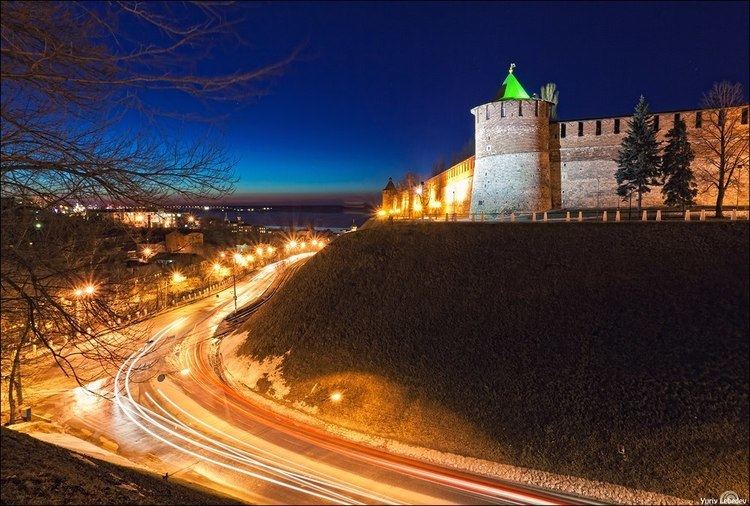Area 227 hectares (2.27 km) Governing body kremlin.nnov.ru Country Russia Architect Pietro Francesco | Built 1508–1515 Type Cultural Phone +7 831 422-10-80 | |
 | ||
Address Minin and Pozharsky Square, Nizhnij Novgorod, Nizhegorodskaya oblast', Russia, 603005 Hours Open today · 10AM–5PMTuesday10AM–5PMWednesday10AM–5PMThursday10AM–7PMFriday10AM–5PMSaturday10AM–5PMSundayClosedMondayClosedSuggest an edit Similar Chkalov Stairs, Bolshaya Pokrovskaya Street, Chkalov Monument, Cathedral of the Archange, Minin and Pozharsky Square | ||
Russia nizhniy novgorod kremlin interior
The Nizhny Novgorod Kremlin (Russian: Нижегородский кремль) is a fortress in Nizhny Novgorod, the historic city center.
Contents
- Russia nizhniy novgorod kremlin interior
- Tours tv com nizhny novgorod kremlin
- History
- Towers
- Other buildings and constructions
- References
Tours tv com nizhny novgorod kremlin
History
The first attempt to replace the wooden fort with a stone Kremlin was recorded in 1374, but construction was limited to a single tower, known as the Tower of Dmitrov (this has not survived). Under the rule of Ivan III, Nizhny Novgorod played the role of a guard city, having a permanent garrison; it served as a place for gathering troops for Moscow's actions against the Khanate of Kazan. In order to strengthen the defenses of the city, construction works on the walls began again.
Construction of the stone Kremlin of Nizhny Novgorod begin in 1500 with the building of the Ivanovo Tower; the main work commenced in 1508 and by 1515 a grandiose building was completed. The oak walls that formed the old fortifications were destroyed by a huge fire in 1513. The two kilometer wall was reinforced by 13 towers (one of them - Zachatskaya - was on the shore of the Volga; not preserved, but was rebuilt in 2012). This "Stone City" had a permanent garrison with solid artillery weapons. With the fall of Kazan, Nizhny Novgorod Kremlin lost its military significance, and later it housed the city and provincial authorities.
The Council of Ministers of the RSFSR issued an order on January 30, 1949 for the restoration of the Nizhny Novgorod Kremlin.
Towers
The following 13 towers survive. Counter clockwise:
- Tower of George
- Tower of Boris and Gleb (destroyed by a landslide in the 18th century; rebuilt in 1972)
- Tower of Conception (destroyed by a landslide in the 18th century; rebuilt in 2012)
- White Tower
- Tower of John
- Clock Tower
- North Tower
- Secret Tower
- Yoke Tower
- Tower of Nicholas
- Pantry Tower
- Tower of Demetrius
- Powder Tower
Other buildings and constructions
The Kremlin contained many churches, but the only survivor is the Michael the Archangel Cathedral (the 'Archangel Cathedral'), built no later than the middle of the 16th century and rebuilt in 1628-1631. It is the oldest surviving building in the Kremlin. The cathedral contains the tomb of Kuzma Minin. In 1828, an obelisk in honor of Kuzma Minin and Dmitry Pozharsky was constructed in front of the Archangel Cathedral (architect Melnikov and Martos).
The house of the military governor was built in 1837-1841; it is now the Museum of Art. The Arsenal was built in 1840-1843 at the direction of Nicholas I. In 1931, the Transfiguration Cathedral was replaced by the House of Soviets; that building is now the City Council building.
In 1965, a memorial complex in honor of Nizhny Novgorod citizens who died in World War II was created, near the obelisk of Minin and Pozharsky; this included an Eternal Flame.
